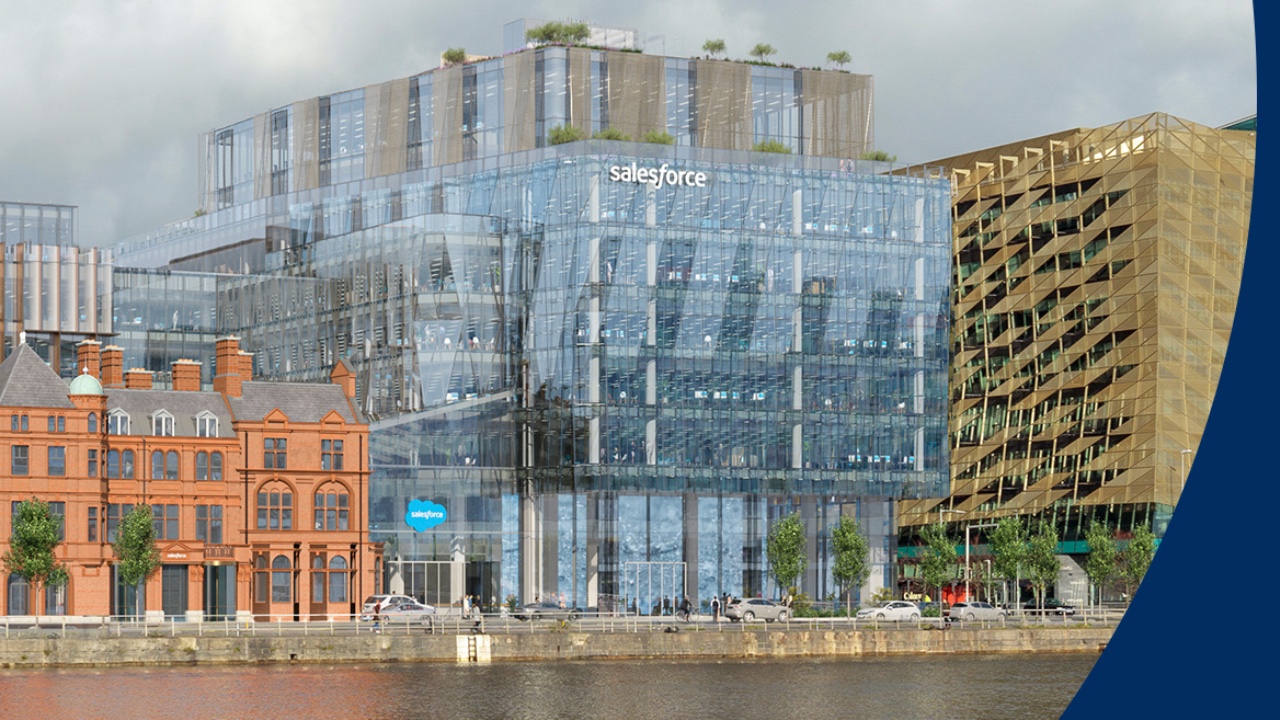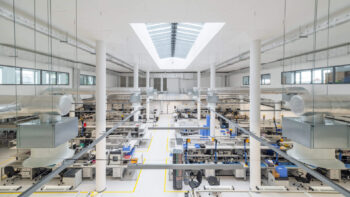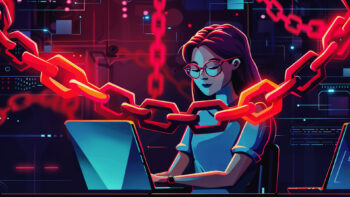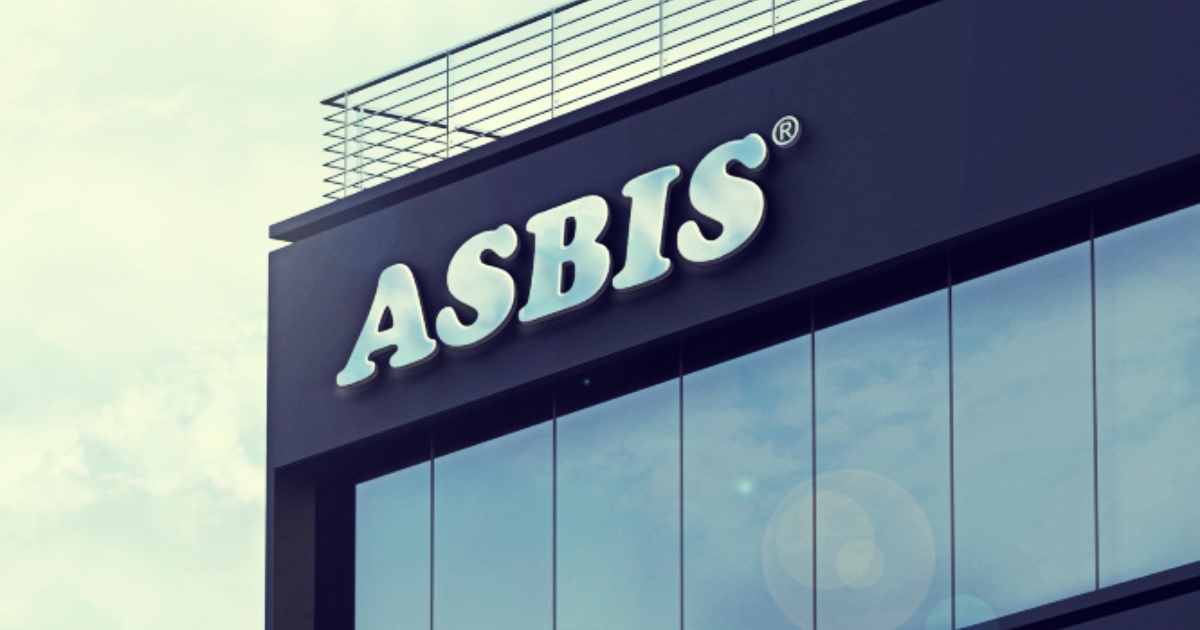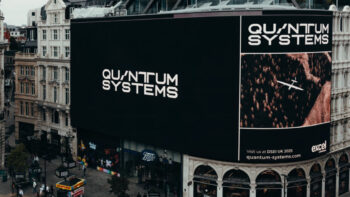The problem of labour shortages has ceased to be a ‘soft’ HR challenge and has become a hard, strategic business roadblock. HR discussions used to take place at lower levels of management; today they have escalated to the top.
The latest United Interim Economic Report 2025 leaves no illusions. More than three quarters of interim managers surveyed believe that HR deserves top priority and should have a permanent seat at the board table. The reason is simple: consistent integration of HR strategy with company strategy is the only way to effectively manage the demographic crisis.
Traditional methods of tackling the skills shortage – such as activating women or seniors – are absolutely key. They are the foundation without which the whole structure will collapse. However, when faced with millions of dollars in losses and stalled projects in key industries, the foundation alone is no longer enough.
The real answer to tomorrow’s challenges is the strategic marriage of HR and technology. Today, investment in artificial intelligence and humanoid robots is becoming as important as the classic HR strategy.
Human foundation: Necessary but not sufficient
Before we move on to technology, we must be clear: no robot can replace a well-thought-out human policy. This is a base that every company must make up. The report identifies three main reservoirs of untapped potential.
Firstly, women. Experts estimate that up to two million women could be better integrated into the labour market by 2030. The key here is real, not feigned, flexibility. 63% of managers suggest expanding flexible working time models, home office options and – crucially – comprehensive childcare, supported by programmes for women in STEM industries.
Secondly, experienced seniors. Concepts such as ‘active retirement’, where additional income remains tax-free and does not affect benefits, is a strategic move. It allows invaluable knowledge to be retained within the company and ensures a smooth transfer of competencies, while reducing the generation gap.
Thirdly, migration. In the face of demographics, especially in countries such as Germany, an annual net immigration of 400,000 people is seen as a mathematical necessity to keep the workforce stable.
These measures are necessary and right. However, they have one drawback: their full effects are spread out over time. Meanwhile, some industries are bleeding now.
Red light: Here and now we are losing millions
Let’s move on to the hard business. A human foundation is not enough when a company is bleeding because it lacks specialists in key operational positions. The talent shortage problem is no longer abstract – it has a very concrete price tag.
The report brutally exposes the reality in key sectors. The construction industry alone is currently short of around 42,000 skilled workers, including building electricians and sanitary or heating technicians. The result? Up to 120,000 construction projects cannot be completed annually. This is not an HR problem, it is a financial and strategic problem that blocks infrastructure development.
The situation is similar in mechanical and plant engineering. The lack of engineers and technicians generates an annual loss of turnover estimated at around €10 million.
In these sectors, the gap is too large to be bridged by working time optimisation or generational recruitment alone. This is where traditional HR methods reach the wall.
Technology accelerator: Silicon Valley rescue
Since the human foundation is not enough to patch current operational holes, companies must reach for an accelerator. Experts point to three levers here: immigration, already discussed, and two technologies – artificial intelligence and humanoid robots. This is at the heart of the new HR 4.0 strategy.
The role of AI* is not to replace people, but to empower them. AI is not a ‘new employee’ but a ‘productivity enhancer’. In mechanical engineering, it can take over thousands of hours of tedious analysis and optimisation, allowing engineers to focus on creative work and innovation. In construction, AI can manage logistics and predict downtime before it even happens.
The role of humanoid robots is no longer the domain of science fiction. When we talk about the shortage of 42,000 blue-collar workers on construction sites or in manufacturing plants, we are talking about hard, repetitive and often dangerous work. This is the ideal breeding ground for next-generation automated systems and robots that can take over these tasks, allowing humans to perform supervisory functions.
Companies need to stop thinking of AI in terms of a ‘gadget’ or ‘threat’. Today, it is a strategic tool for patching operational holes and scaling the competencies of owned teams.
Clean your home before you buy a robot
Finally, a key caution. Simply buying expensive robots or implementing the latest AI system won’t do anything if the company is drowning in bureaucracy and inefficient processes.
A prerequisite for implementing a technology accelerator is optimisation. The report rightly emphasises that companies must at the same time reduce inefficient administrative structures and activities that do not add real value.
For technology to work, the company must be ‘lean’ and ready for change. Resources – both human and financial – must be aggressively shifted from passive ‘maintenance’ to active ‘growth and productivity’.
Strategic HR is not a choice: ‘people WHAT technology’. It is a synergy. The foundation remains people, their potential, flexibility and well-being. But the accelerator that will allow a company to survive and win in the face of the demographic crisis is intelligent automation.





